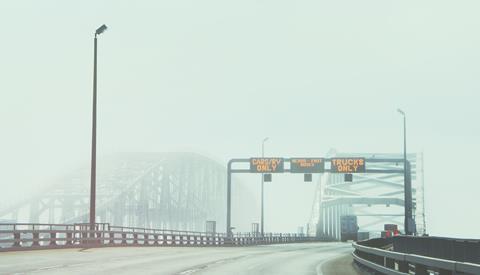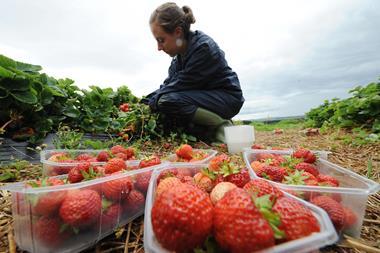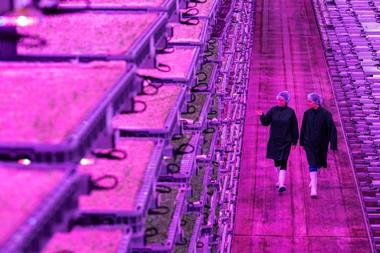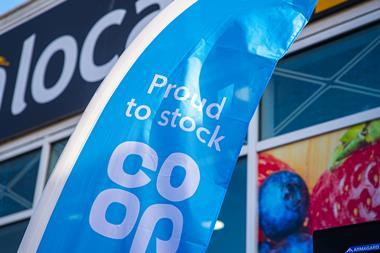
The European Commission announced new guidelines on Monday to ease the border delays that have strained supply chains across Europe.
Delays grew to over 18 hours last week as lorries became caught up among passengers rushing to return home.
At the German-Polish border, vehicles stretched for more than 50km after Poland announced it was shutting its border to foreigners.
European Commission president Ursula von der Leyen said on Monday that the measures introduced by governments to slow down the spread of the virus had inadvertently slowed down “and sometimes paralysed” transport.
EU transport ministers agreed last week to introduce ‘green lanes’ at borders to ensure the smooth flow of ‘essential’ goods trucks. However, their initial impact was limited, in part due to confusion on which products were classified as essential.
There were also reports of border officals requesting documentation to prove the goods were for an ‘essential sector’, even though no such standardised paperwork exists across the EU, according to FoodDrink Europe.
The new measures seek to address the delays by opening green lanes to all goods, not just food and medical supplies.
In addition, they include a target of 15 minutes for border crossings, the suspension of freight restrictions, and reduced paperwork for lorry drivers. Some lorry drivers failed to provide the necessary paperwork, resulting in them entering enforced quarantine.
“With the new guidelines, hopefully it should really speed up the movement of goods,” said Emily Rees, founder of Trade Strategies.
EU governments would implement them fully, she said: “I don’t see what the benefit is for any member state to want to place truck drivers into forced 14-day quarantine when they’re driving a lorry full of fruit.”
But the picture was more complex than just border controls, said Rees.
A lack of drivers combined with surging demand has led to many businesses reporting a lack of transport options across Europe. If the number of drivers falls further due to illness and self-isolation, more disruptions could be expected.



![XOXO-Product-Shot[ALL FLAVOUR]-Sky-1920x1080](https://dmrqkbkq8el9i.cloudfront.net/Pictures/274x183/4/9/2/355492_xoxoproductshotallflavoursky1920x1080_806584_crop.jpg)





![XOXO-Product-Shot[ALL FLAVOUR]-Sky-1920x1080](https://dmrqkbkq8el9i.cloudfront.net/Pictures/380x253/4/9/2/355492_xoxoproductshotallflavoursky1920x1080_806584_crop.jpg)









No comments yet